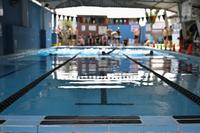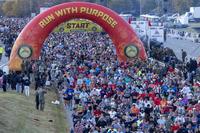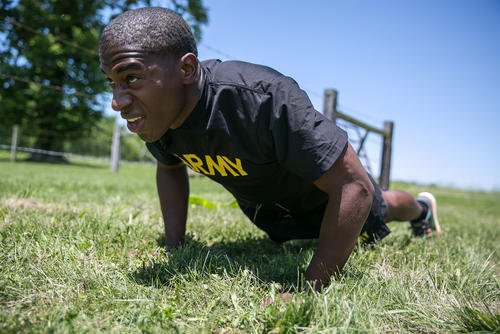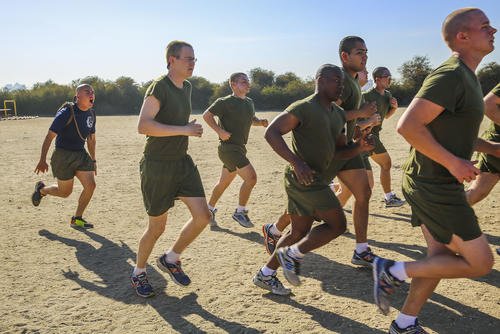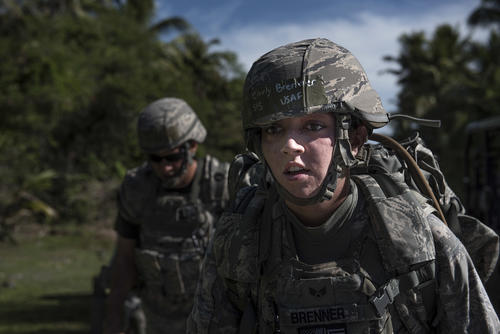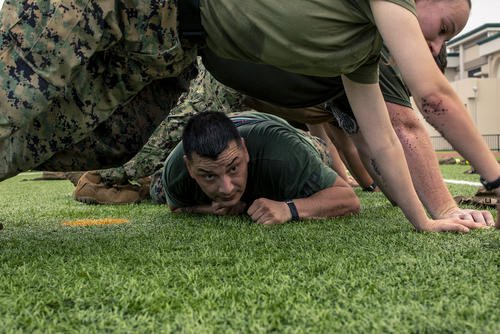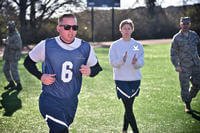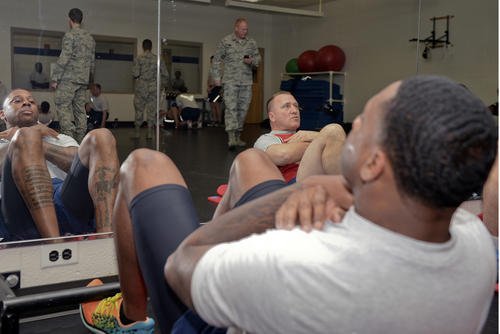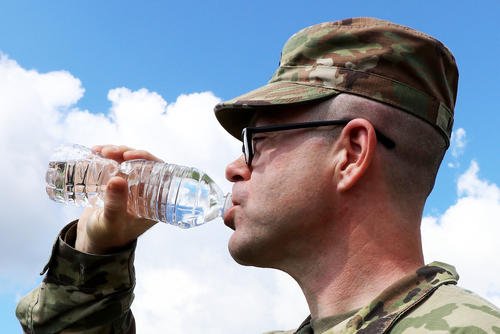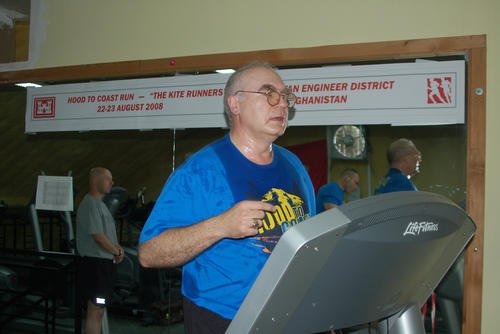When training specifically to improve your performance, especially in the strength and power components of fitness, it can be challenging to recover optimally after each training session. Here is a training question from a young man who needed to gain strength and size and now is considering a different cycle to improve recovery and other components of fitness:
Stew, I am nearing the end of a strength and weight gain cycle, as I am more of an endurance athlete (tall and skinny) and had never lifted before this year. I am starting to feel tired, achy and not at my best. Is it time to change my cycle? I have gained 10 pounds and become stronger, but I could also work on improving my calisthenics and cardio. Thanks, Eli
Eli: Great job addressing your weaknesses through a new type of training cycle. More people should realize this, especially those preparing for military service in physically demanding jobs. Any undeveloped weakness will be exposed quickly when placed in a training/selection environment. You will be glad you added strength training and gained a few pounds of muscle, as it will make you more durable for load-bearing activities soon to come.
Read Next: 6 Tips to Improve Your Fitness and Save Money
Your athletic history as an endurance athlete, specifically in running, will help you meet the cardio demands. If you feel ready, change cycles and focus on another element (muscle stamina/swimming) you may have recently neglected. Still, you have a few options to recover from the lift cycle and maintain your gains during the next type of training cycle:
1. De-load Week
Maybe you need an easy week. Reduce the weight, reps, miles, intensity, duration and frequency of your workouts for a week. A timely de-load week is a helpful way to recover from heavy lifting workouts. Often, people who lift come back stronger after going lighter and resting for a few days. This option is suitable for those who wish to continue the strength cycle for extended periods.
2. Block Periodization (3 to 1)
For those who want to continue on the strength cycle but also incorporate other components of fitness, the block periodization (3 to 1) model is effective. For three weeks, focus on your primary goal (gain strength/size). However, on the fourth week of the cycle, replace the weights with calisthenics (or much lighter weights) and increase the repetitions and cardio mileage of the events you need to perform well (run, ruck, swim, etc.). This is essentially a “de-load” week as you focus on different fitness events every fourth week of a cycle. We do this for our 12-week training cycles, adding a secondary goal/de-load week once a month.
3. Add a Mobility Day
A great way to maintain the intensity of your overall training is to incorporate a mobility day into the middle of your week. It's not a rest day, but a day to integrate nonimpact cardio, stretching, massage and foam rolling. This alone will be life-changing and make the workouts later in the week feel much better. You will be less achy, and your energy levels will increase for the rest of the week’s workouts. You can always add a mobility day into your training week, regardless of the cycle you are on. It is recommended for optimal performance and fitness longevity.
Try any one of these options, and you will notice a difference in how you feel. In a few cycles, you will see that what was an undeveloped weakness is now a newfound strength. Visit the Military.com Fitness Section for practical tips and resources designed to help you stay active without overspending.
Want to Learn More About Military Life?
Whether you're thinking of joining the military, looking for fitness and basic training tips, or keeping up with military life and benefits, Military.com has you covered. Subscribe to Military.com to have military news, updates and resources delivered directly to your inbox.



